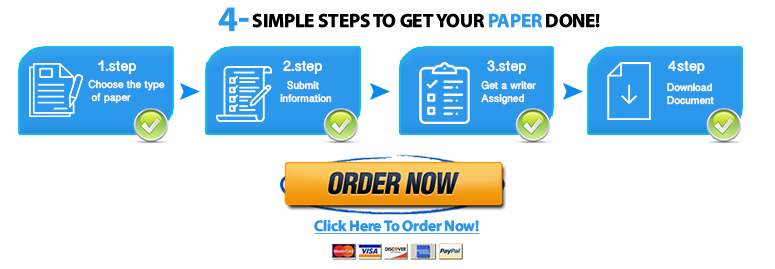Topic- The Stanford Prison Experiment
Topic- The Stanford Prison Experiment
Answer the following questions and do a visual presentation along with a reflective essay.
The essay must address the following point, be typed double spaces, time roman 12, a minimum of 2 pages long. You are expected to write in APA style.
- A brief introduction of the topic , definition, historical perspectives, different approaches for topic you have chosen
- What was new to you and some misunderstanding regarding the topic?
- Make sure to edit the paper before you turn it in.
After you turn in your paper. You must turn in a powerpoint or any other visual presentation. It should have 4-5 slides, a summary of your paper.
Please use the paper example ready to fill it. It will help you stay on track with APA and addressing the points.
Essay checklist
____I have addressed all the parts of the assignment based on the instructions.
____My paragraphs are organized logically and support the thesis (main idea of the paper).
____I used a variety of evidence, details (for examples, quote, facts, illustrations) to support my thesis main idea of the paper.
___My conclusion summarizes my thesis and it does not just restate the topic paragraph.
___I have edited and proofread my paper, not only relying on my computer.
___My name is on the top /cover sheet along with the course information or I have a cover page.
___I have a title that reflects my paper/ essay.
___The paper is double-spaced. It time roman 12. It is at least 2 pages long without the cover page.
___I have not used anyone else’s work ideas without citing them appropriately.
___All the sources are stated in my references list the last separate page. I have made sure they are formatted properly in APA.
___I have read and understood the plagiarism statement in the syllabus.
__ I have tried my best to write in APA style -7th edition .
__ I have reflected on a peered reviewed articles.
___ I know that the cover page with not count as a page with content.
Adapted from the “How Learning Works: Seven Research-Based Principles for Smart Teaching”, 2010


